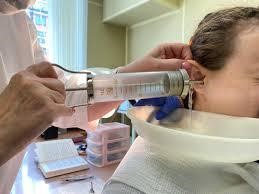Self-harm is often misunderstood. But this article aims to give you a starting point when it comes to understanding the issue and spotting signs.
What is self-harm?
Self-harm, as explained in mental health training courses in Blackpool and elsewhere, is when a person intentionally injures or damages their body in a bid to express feelings and emotions or to try to cope with trauma. There is no limit to the reasons why someone may self-harm.

It is an expression of distress rather than a specific illness, although it can be linked to other issues with mental health, such as anxiety and depression. Research suggests it is most common in the 15 to 19-year-old age group, although anyone can carry out self-harm.
Type of self-harm
Self-harm comes in many forms. Students on mental health training courses Blackpool learn that it can include cutting and burning the skin, punching the body, self-poisoning, and misusing drugs and alcohol. It can also include eating disorders such as anorexia and deliberate starvation, bulimia, and binge eating.
Recognising self-harm
Many people feel shame about self-harm or don’t want to be discovered, and therefore keep it a secret. This makes it important to be aware of what signs to look out for when it comes to recognising self-harm. Help and advice are available from charitable organisations such as Young Minds.

Signs of self-harm can include unexplained injuries, such as bruises, cuts, and cigarette burns. These are usually on the arms and wrists, thighs or chest. A person who wants to keep their body covered at all times, even when it is hot, may be self-harming. Pulling out hair, changing eating habits, expressions of self-loathing, low self-esteem, or suicidal thoughts may also be a cause for concern.



